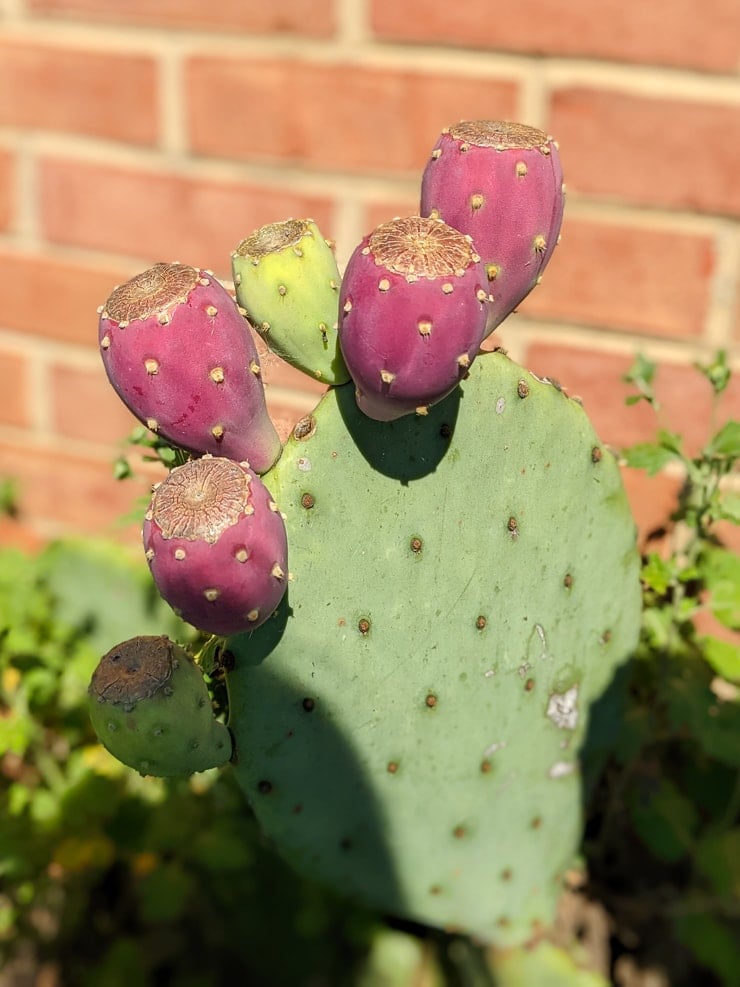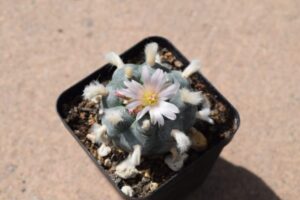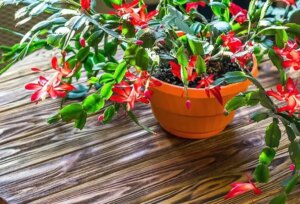Prickly Pear Cactus Care: Essential Tips for Growing and Maintaining Prickly Pear Cactus
The prickly pear cactus, with its vibrant blooms and unique pads, is a delightful addition to any garden or landscape. This hardy succulent, belonging to the Opuntia genus, is not only aesthetically pleasing but also offers a bounty of edible fruits known as tunas. In this article, we will delve into the essential care tips for successfully cultivating and maintaining these fascinating plants.
Understanding the Basics of Prickly Pear Cactus
Before embarking on your prickly pear journey, it is crucial to familiarize yourself with its basic requirements. Native to the arid and semi-arid regions of the Americas, the prickly pear thrives in warm climates and demonstrates remarkable drought tolerance.
When selecting a variety, it is prudent to consider your local climate. Some popular cultivars include the Eastern Prickly Pear (Opuntia humifusa) and the Indian Fig Opuntia (Opuntia ficus-indica). Each species has its unique characteristics, such as size, color, and fruit flavor, making it essential to select one that aligns with your gardening aspirations.
Strategic Planting for Success
When planting prickly pear cacti, it is imperative to choose the right location. Full sun exposure is vital, as these cacti thrive on bright, indirect light and require several hours of direct sunlight each day. Furthermore, well-draining, sandy soil is essential to prevent root rot, which can devastate these hardy plants.
To create the ideal planting environment, enrich the soil with organic material to enhance drainage. A well-draining potting mix with added perlite or coarse sand can provide a suitable substrate for potted specimens. When planting directly in the ground, be sure to amend heavy soils to facilitate proper drainage.
Ideal Spacing and Arrangement
Spacing is an often overlooked aspect of prickly pear care. When planting a number of cacti, ensure that each specimen has ample space to grow. A distance of approximately 3 to 6 feet between plants is ideal to prevent overcrowding and ensure adequate airflow. Overcrowding not only stunts growth but can also create an environment conducive to pests and diseases.
Utilizing raised beds can be particularly beneficial, as they improve drainage and allow for better air circulation around the plants. Additionally, consider the visual arrangement of each cactus, ensuring that taller varieties do not overshadow shorter ones, thereby creating a balanced aesthetic in your landscape.
Watering Wisely: The Goldilocks Approach
Watering is a critical factor in successful prickly pear cultivation. As a general rule, these cacti prefer less frequent watering, mimicking their native desert environment. During the growing season, which typically spans from spring through early fall, water every two to three weeks. Allow the soil to dry out completely between watering sessions, as soggy roots can lead to rot.
In winter, when the cactus enters dormancy, drastically reduce watering. Watering once a month during this period is often adequate. Observing the cactus for signs of dehydration is essential; if the pads appear wilted, it may be a sign that your plant requires moisture.
Nurturing Your Cactus: Fertilization Techniques
Though prickly pear cacti require minimal fertilization, they do benefit from supplemental feeding during their active growing season. A balanced, diluted liquid fertilizer can provide essential nutrients to support growth and flowering. Opt for a fertilizer specifically formulated for cacti and succulents, rich in phosphorus and potassium, which promotes robust blooms and fruiting.
Apply fertilizer every 4 to 6 weeks throughout the growing season, but consider halting during the winter months. Be cautious not to over-fertilize, as this can lead to excessive growth and weakened plants prone to pest infestations.
Pest Management: Protecting Your Prickly Pear
Like all plants, prickly pears are susceptible to pests. Common culprits include mealybugs, scale insects, and the dreaded cactus moth. Regular inspection of your cacti is imperative to detect infestations early. If identified, treat the affected areas immediately with insecticidal soap or natural remedies like a diluted mixture of water and dish soap.
Moreover, maintaining cleanliness in the garden can help reduce pest populations. Clear away debris and dead plant material to minimize hiding spots for unwanted guests.
Harvesting the Fruits of Your Labor
One of the most enjoyable aspects of cultivating prickly pear cacti is the eventual harvest of their delicious fruits, known as tunas. Typically appearing in late summer to early fall, these vibrant fruits can be harvested when they are plump and fully colored. Harvesting should be done with care, using gloves or tongs to avoid the tiny glochid spines that can cause irritation.
To enjoy the fruits, remove the skin carefully and consume the sweet pulp, which can be used in various culinary applications, from jellies to salads. The prickly pear cactus offers not only visual interest and resilience in your garden but also nutritional benefits, making it a true multifunctional plant.
Conclusion: A Rewarding Journey in Prickly Pear Cactus Care
Growing and maintaining prickly pear cacti can be both an enriching and rewarding experience. By understanding their unique needs and diligently caring for them, you’ll be rewarded with breathtaking blooms, healthy growth, and a delicious harvest. Embrace the beauty of the prickly pear cactus and embark on your gardening adventure with confidence.





Leave a Comment